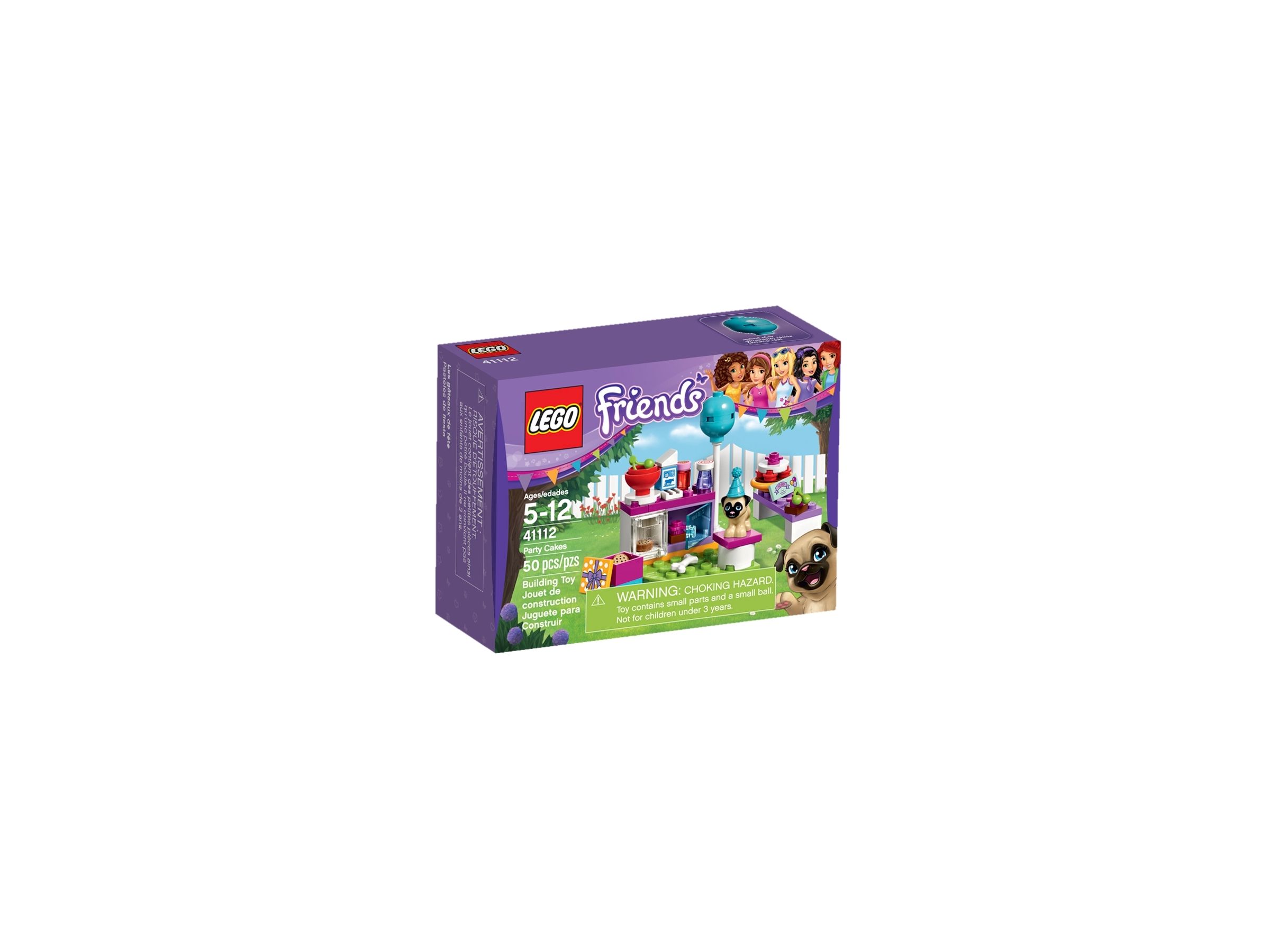
Soda lime glass is not entirely immune to chemical wear, however, and other more specialized glasses can be more resistant. This makes it good for use around chemicals, especially if tempered to increase its thermal shock resistance. The atoms in soda lime glass have strong atomic bonds and are highly connected, making it difficult for other substances to affect its structure and corrode the glass. Soda lime glass is less expensive than other glass with more specialized properties, such as borosilicate or optical glass. Soda lime glass has several properties that make it useful as a glass for general and more specific applications. The remaining 6% is made up of trace elements. Another 15% is made of soda, or sodium oxide, which lowers the silica’s melting temperature, and lime, also known as calcium oxide, makes up another 9% to act as a stabilizer. The first material is silica, or silicon dioxide, which makes up 70% of the finished product. Soda lime glass is made mostly from three basic components. Soda lime glass is often contrasted with its cousin, borosilicate glass, which is discussed in more detail here. Having been manufactured for hundreds of years, it’s a basic combination of silica, soda, and lime with a variety of useful properties for applications across a variety of industries, including the consumer goods manufacturing, packaging, and scientific sectors.


Soda lime glass is the most commonly produced type of glass, making up 90% of all glass manufactured. Image credit: Anton Kurashenko/ What is Soda Lime Glass? Soda lime glass bottles cooling on a production line


 0 kommentar(er)
0 kommentar(er)
